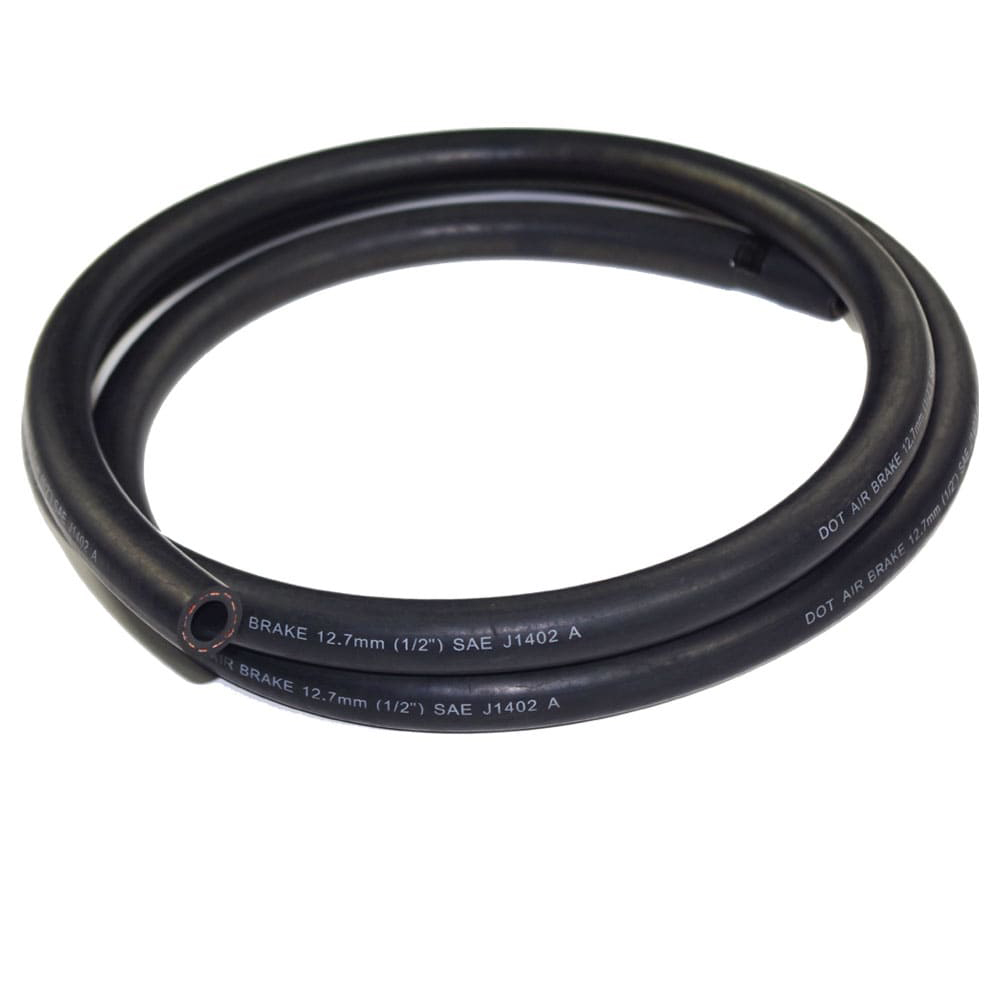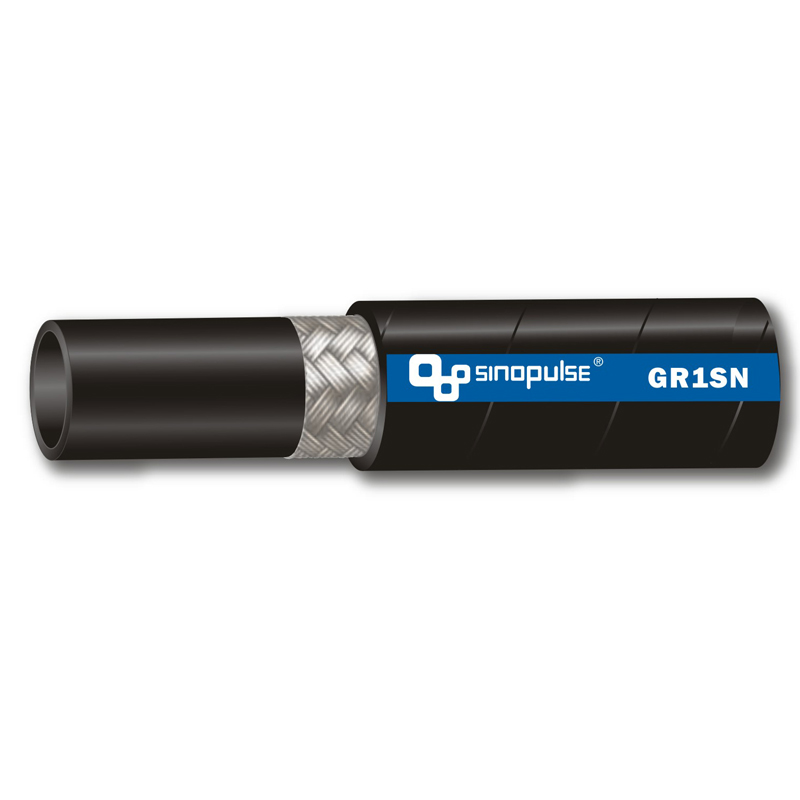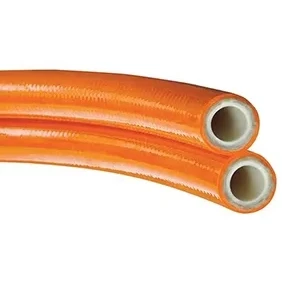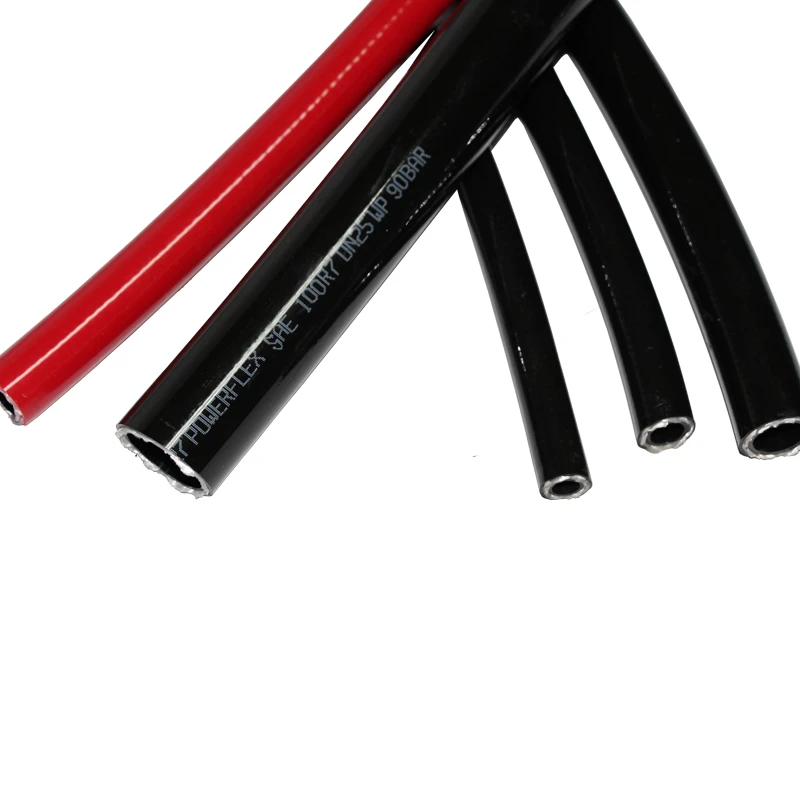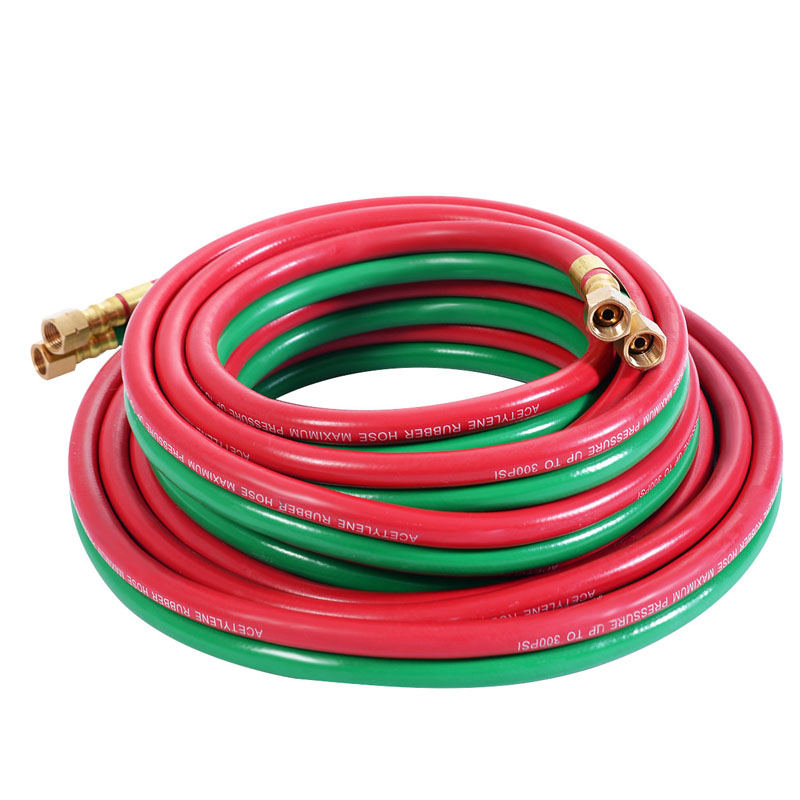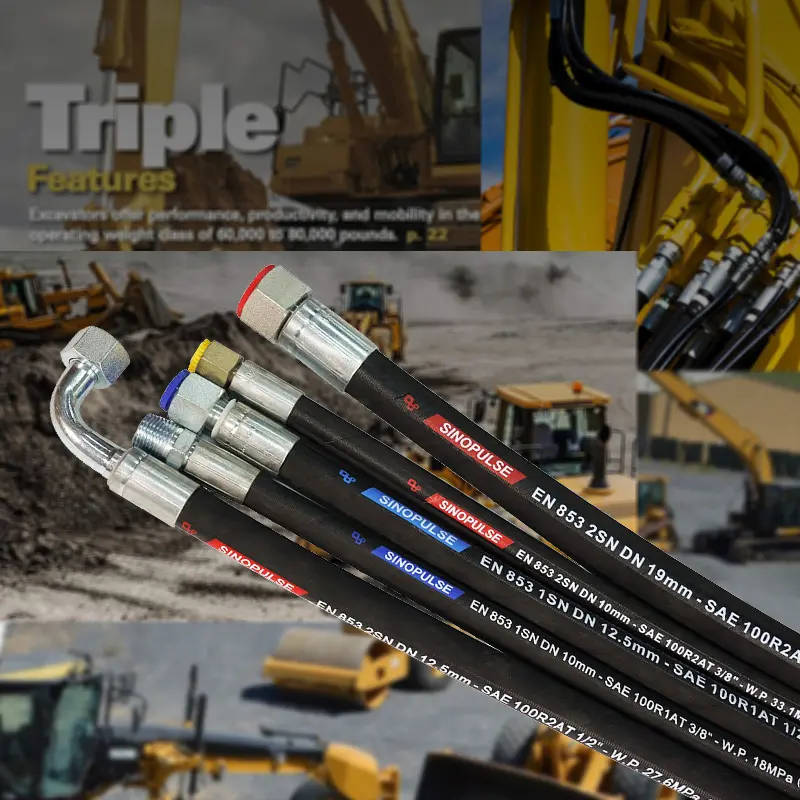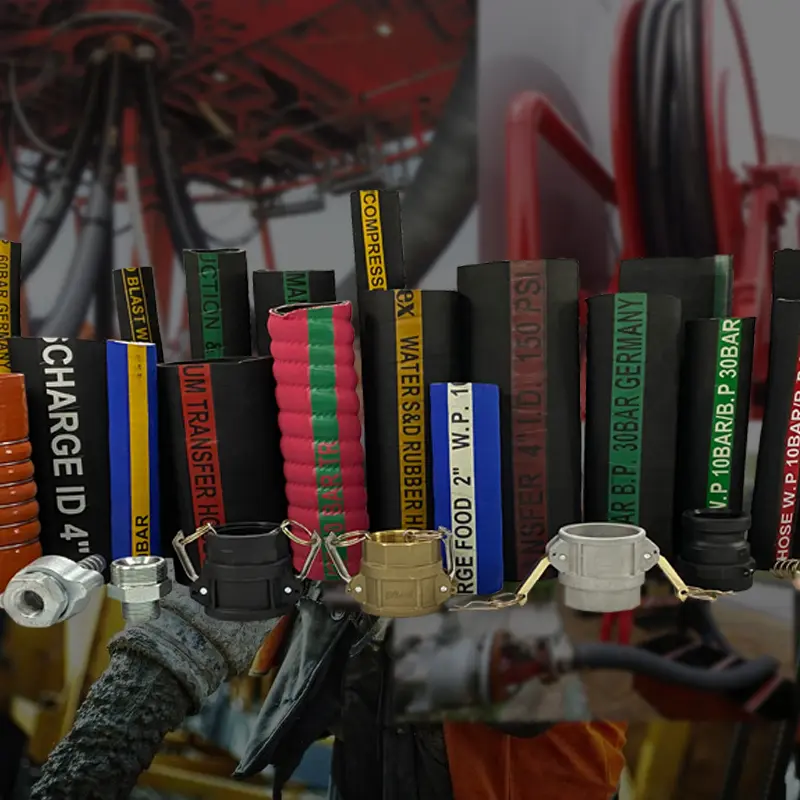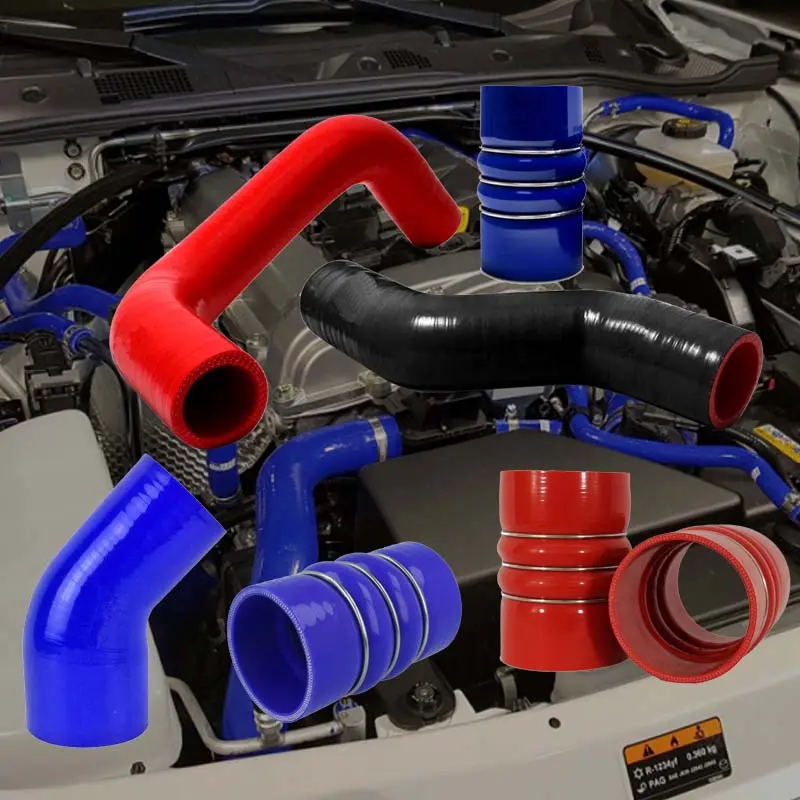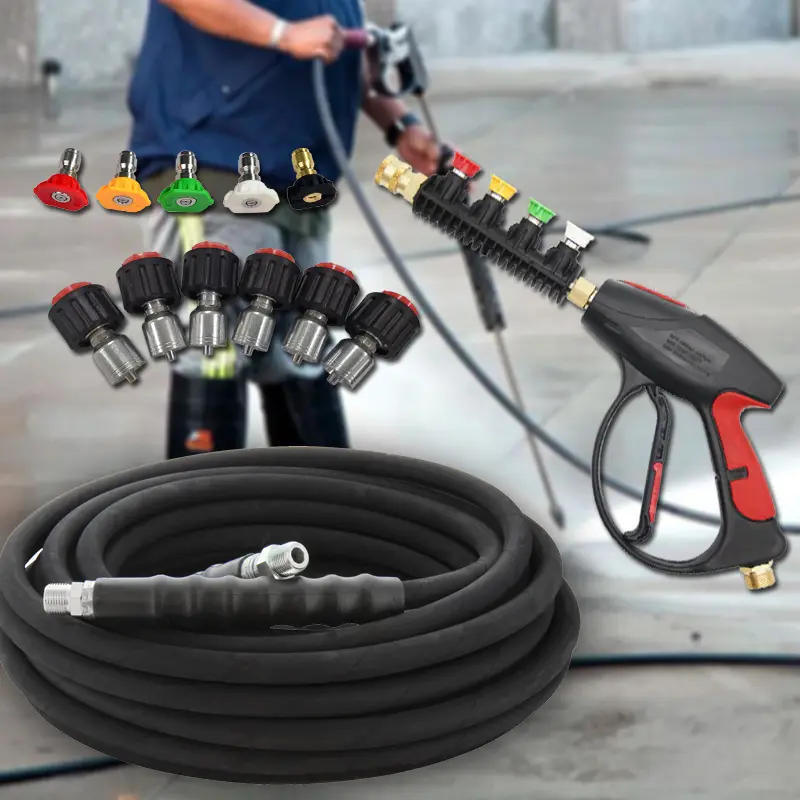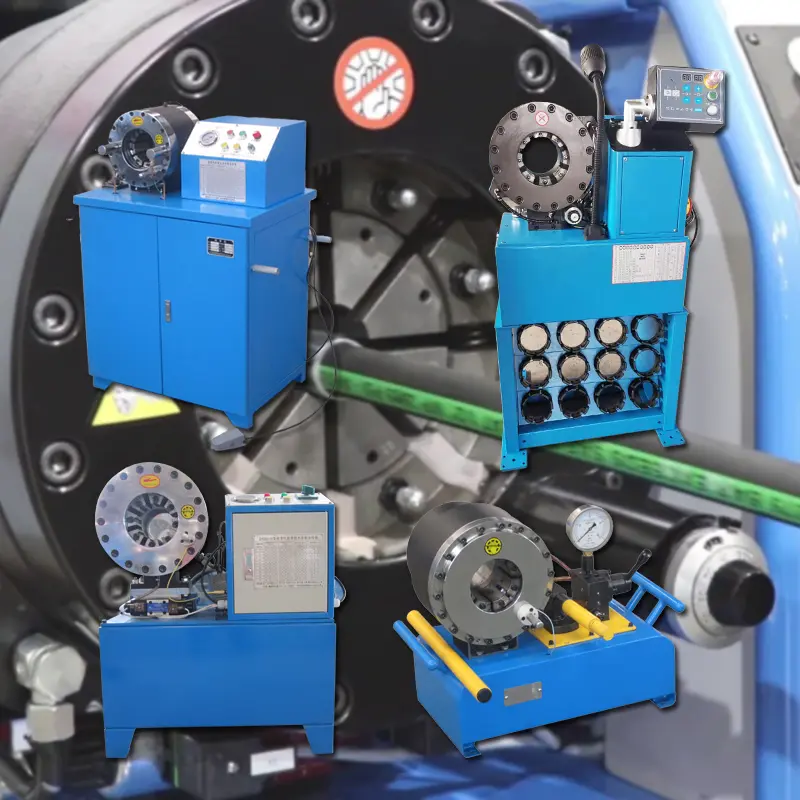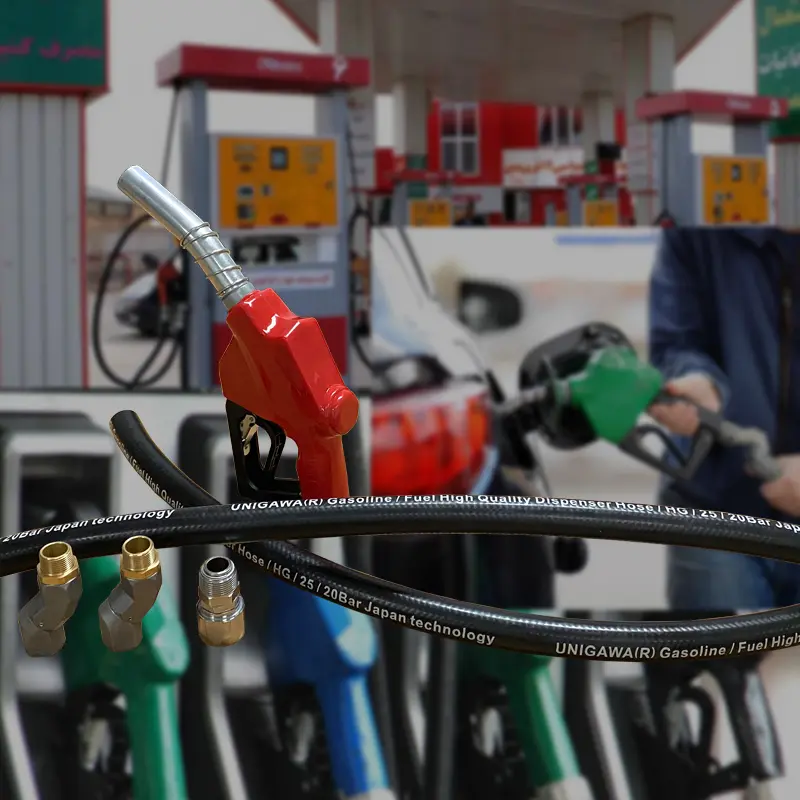Steel Braided Hose stands as a robust flexible conduit widely utilized in fluid transfer applications across industrial, commercial, and residential sectors. Wire braided hoses feature a cross-woven steel wire reinforcement layer. Steel Braided Hose combines flexibility with exceptional pressure resistance, making it suitable for conveying liquids and gases under moderate to high pressure conditions. Unlike non-reinforced hoses, the steel braid layer enhances structural integrity, preventing expansion and burst under pressure while maintaining the ability to bend and route around equipment obstacles. This unique balance of strength and flexibility positions Steel Braided Hose as a reliable choice for systems requiring both durability and adaptability in installation.
Braided Hose, as a broader category encompassing various materials, shares the core design principle of using woven reinforcement but differs significantly in performance based on construction materials
While textile-braided hoses excel in low-pressure applications like water supply, Steel Braided Hose outperforms in high-stress environments due to its metal reinforcement. The braiding pattern—typically a diagonal overlock weave—distributes pressure evenly across the hose body, reducing stress concentrations at bends and connections. This design also minimizes kinking during installation, ensuring consistent flow rates and extending service life compared to non-braided alternatives.
Stainless Braided Hose represents a premium variant of Steel Braided Hose, incorporating corrosion-resistant stainless steel in the braid
This specialization makes Stainless Braided Hose ideal for applications involving corrosive fluids, high humidity, or outdoor exposure where rust resistance is critical. Common uses include chemical processing lines, marine fluid systems, and food-grade applications where hygiene and material purity are paramount. The stainless steel construction maintains its integrity when exposed to saltwater, cleaning agents, and industrial chemicals that would degrade standard steel or rubber hoses over time.
3/8 Braided Hose, denoting a 3/8-inch inner diameter, is a popular size within the Steel Braided Hose family, balancing flow capacity with installation flexibility
This dimension is frequently specified for medium-flow applications such as hydraulic lines in compact machinery, compressed air tools, and residential plumbing connections for appliances like dishwashers and water heaters. The 3/8-inch size offers sufficient flow rate for most household and light industrial needs while remaining easy to route through tight spaces. When paired with steel braiding, 3 8 braided hose achieves a working pressure rating significantly higher than rubber hoses of the same diameter, typically ranging from 1,500 to 3,000 psi depending on construction.
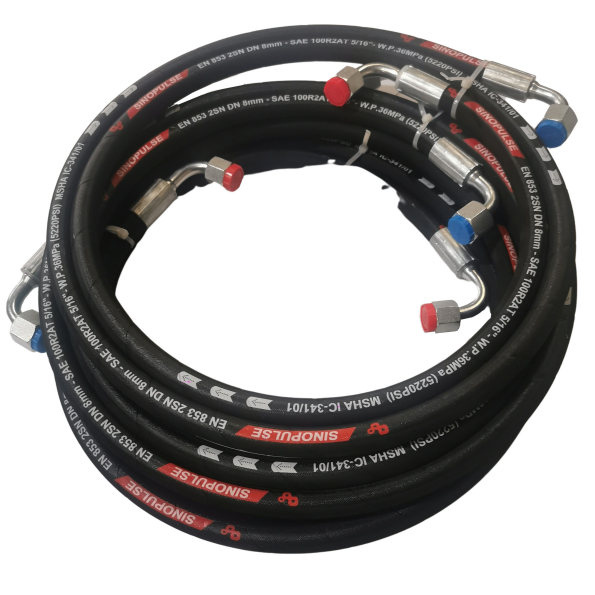
Stainless Steel Flex Hose, often interchangeable with Stainless Braided Hose in casual terminology, emphasizes the product’s flexibility for dynamic applications
This type excels in systems where movement occurs between connected components, such as in vibration-prone machinery or piping systems subject to thermal expansion. The stainless steel braid acts as a flexible restraint, absorbing movement while maintaining pressure containment. Common applications include water heater connectors, industrial machinery coolant lines, and HVAC systems, where thermal cycling creates expansion and contraction forces that would damage rigid piping.
Key considerations in specifying Steel Braided Hose include evaluating operating pressure, temperature range, and fluid compatibility
Visual inspections verify uniform braid coverage without gaps or loose strands, while dimensional checks confirm inner/outer diameter consistency. For critical applications, manufacturers perform burst testing to determine maximum pressure tolerance, pulse testing to simulate cyclic pressure conditions, and low-temperature bending tests for hoses used in cold environments, ensuring flexibility isn’t compromised in freezing conditions. Proper selection based on these factors prevents premature failure and ensures system safety.
In summary, Steel Braided Hose serves as a foundational component in fluid conveyance, with variants like Braided Hose, Stainless Braided Hose, 3/8 Braided Hose, and Stainless Steel Flex Hose addressing specific application needs. Its reinforced design delivers the perfect blend of strength, flexibility, and durability across pressure ranges and environments. From industrial machinery to residential plumbing, these hoses provide reliable performance in diverse conditions, supported by construction features that withstand pressure fluctuations, corrosion, and physical stress. As fluid system demands evolve, Steel Braided Hose continues to adapt through material advancements and design refinements, maintaining its essential role in modern fluid transfer technology.
Steel Braided Hose FAQs
1. What are the key performance tests required for steel braided hose quality verification?
To ensure reliability, steel braided hoses undergo rigorous testing including visual and dimensional inspections to check for defects. Burst pressure tests verify the hose can withstand extreme pressures, while pulse testing simulates long-term dynamic stress. For applications in cold environments, additional low-temperature bend tests are conducted to confirm flexibility and durability under freezing conditions.
2. How does the steel braided hose construction enhance durability in high-pressure applications?
The steel braided reinforcement layer provides exceptional strength, preventing expansion and rupture under high pressure. Combined with a high-quality inner tube and outer cover, the hose maintains structural integrity even during burst pressure tests. The braided design also improves resistance to abrasion and external damage, making it suitable for demanding industrial and hydraulic systems.
3. Why is the low-temperature bend test critical for certain steel braided hose applications?
In freezing environments, standard hoses may stiffen and crack, leading to failure. The low-temperature bend test ensures the steel braided hose remains flexible and functional at sub-zero temperatures. This is especially important for refrigeration systems, outdoor hydraulic machinery, and cold-climate industrial operations where hose performance cannot be compromised.
4. What factors influence the lifespan of a steel braided hose under continuous use?
Material quality, reinforcement design, and proper installation significantly impact longevity. Regular inspections for wear, kinks, or corrosion are essential. The hose must also endure repeated pressure cycles, which is why pulse testing is conducted to simulate real-world conditions. Exposure to extreme temperatures requires validation through low-temperature bend tests to prevent premature failure.
5. Can steel braided hoses be customized for specialized industrial applications?
Yes, variations in diameter, length, and end fittings allow adaptation to different systems. Specific requirements may include higher burst pressure ratings, enhanced chemical resistance, or extreme temperature tolerance. Custom hoses still undergo standard testing, including pulse tests and, where applicable, low-temperature bend tests, to ensure they meet operational demands.
Applicazione di u produttu









